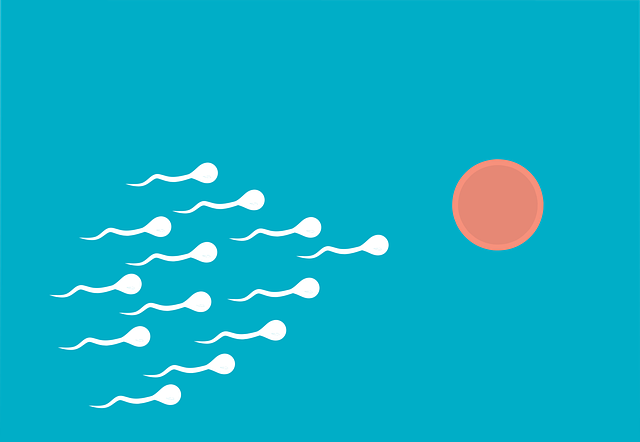Causes of Low Sperm Count
Low sperm count, also known as oligospermia, is a condition in which the semen produced during ejaculation contains fewer sperm than the normal reference range. This condition can be a significant factor in male infertility. In this article, we will delve into the causes, diagnosis, and treatment options for low sperm count.
Low sperm count can result from various factors, both medical and lifestyle-related. Some common causes include:
- Medical Conditions: Certain medical conditions can impair sperm production or function. These include infections, hormonal imbalances, varicoceles (enlarged veins in the scrotum), and testicular injury.
- Lifestyle Factors: Habits such as smoking, alcohol consumption, recreational drug use, and exposure to environmental toxins can negatively impact sperm production and quality.
- Heat Exposure: Elevated testicular temperature, often due to tight underwear, hot baths, or saunas, can temporarily reduce sperm production.
- Medications: Some medications, including certain antidepressants, antipsychotics, and anabolic steroids, can affect sperm production.
- Radiation or Chemotherapy: Cancer treatments like radiation and chemotherapy can damage sperm-producing cells.
- Obesity: Being overweight or obese can lead to hormonal imbalances that affect sperm production.
- Stress: Chronic stress may lead to hormonal changes that negatively impact sperm count.
Symptoms of Low Sperm Count
Low sperm count may not present any noticeable symptoms beyond difficulties conceiving a child. Couples attempting to conceive without success for an extended period should consider seeking medical evaluation for potential underlying causes.
Diagnosis of Low Sperm Count
Diagnosing low sperm count typically involves a comprehensive evaluation by a healthcare provider specializing in reproductive health. The diagnostic process may include:
- Medical History: A detailed medical history is taken to identify potential risk factors, lifestyle habits, and any underlying medical conditions.
- Physical Examination: A physical examination, including a scrotal examination, may be conducted to identify any abnormalities.
- Imaging: In some cases, imaging studies such as scrotal ultrasound may be ordered to check for structural abnormalities or varicoceles.
- Semen Analysis: A semen analysis, often collected through masturbation, assesses the sperm count, motility (movement), and morphology (shape). Multiple samples may be needed for an accurate assessment.
- Blood Tests: Hormonal blood tests can measure levels of testosterone and other hormones involved in sperm production.
Treatment of Low Sperm Count
Treatment for low sperm count depends on the underlying cause and individual circumstances:
- Lifestyle Changes: Adopting a healthy lifestyle by quitting smoking, stopping alcohol intake, managing stress, avoiding tight underwear and maintaining a healthy weight can help improve sperm count in some cases.
- Medications: If hormonal imbalances are identified, medications may be prescribed to restore normal hormone levels and stimulate sperm production.
- Surgery: Surgical correction of anatomical issues, such as varicoceles or blockages, may be recommended to improve sperm count.
- Assisted Reproductive Techniques (ART): In cases of severe oligospermia or when other treatments are unsuccessful, procedures like in vitro fertilization (IVF) or intracytoplasmic sperm injection (ICSI) can be used to fertilize eggs with a small number of sperm.
- Sperm Retrieval: In cases of extremely low sperm count or when sperm is absent from the ejaculate, sperm can be retrieved directly from the testicles or epididymis for use in ART procedures.
- Donor Sperm: In cases of severe male infertility where no viable sperm is present, donor sperm may be considered.
Conclusion
Low sperm count, or oligospermia, is a condition that can affect male fertility and the ability to conceive a child. It is essential for couples experiencing difficulties with conception to seek medical evaluation to identify the underlying cause and explore appropriate treatment options. With advancements in reproductive medicine and assisted reproductive techniques, many individuals with low sperm count can achieve their goal of becoming parents.
